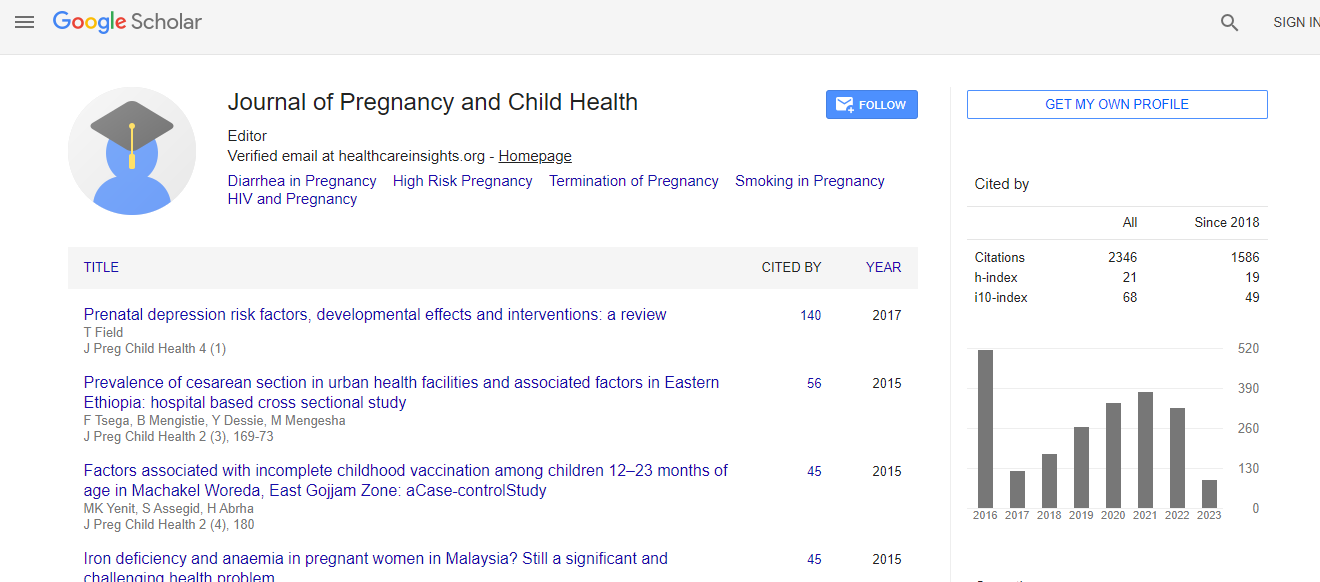Research Article
Rectal, Axillary or Skin Temperature in Newborns?
| Giulia Placidi*, Ilaria Merusi and Luigi Gagliardi | |
| Woman and Child Health Department, Pediatrics and Neonatology Division, Italy | |
| Corresponding Author : | Giulia Placidi Woman and Child Health Department Pediatrics and Neonatology Division Ospedale Versilia Via Aurelia 335, I - 55043 - Lido di Camaiore (LU), Italy Tel: 3905846057113 Fax: 3905846059764 E-mail: giulia.placidi@gmail.com |
| Received July 17, 2014; Accepted December 03, 2014; Published December 08, 2014 | |
| Citation: Placidi G, Merusi I, Gagliardi L (2014) Rectal, Axillary or Skin Temperature in Newborns? J Preg Child Health 1:123. doi: 10.4172/2376-127X.1000123 | |
| Copyright: © 2014 Placidi G, et al.This is an open-access article distributed under the terms of the Creative Commons Attribution License, which permits unrestricted use, distribution, and reproduction in any medium, provided the original author and source are credited. | |
Abstract
Background: Hypothermia in newborns is strongly associated with increased morbidity. Despite its importance, where and how temperature should be measured is not still clearly defined.
Aim: To compare sites and instruments for measuring temperature in newborns to estimate differences and limits of agreement.
Patients: Sample: 107 healthy term newborns. The temperature was measured in three different body sites (forehaed, axilla and rectum), using three different thermomethers.
Results: Mean ± DS rectal temperature was 36.9 ± 0.4°C, mean axillary temperature was 36.5 ± 0.4°C, mean skin temperature was 36.1 ± 0.4°C. The mean rectal-axillary temperature difference was 0.3 °C (limits of agreement -0.30 to 0.92); the mean axillary-skin difference was 0.35°C (limits of agreement -0.45 to 1.17); the rectal-skin difference was 0.67°C (limits of agreement -0.05 to 1.40). All the differences between methods are statistically significant. Infants born after a cesarean section had a slightly lower temperature than after vaginal delivery.
Conclusions: Observed values of temperature depend on site and type of thermometer used. Since the measure in different sites produces different results, it seems necessary to define an objective way to assess it. The core-peripheral temperature difference may detect a thermal stress.

 Spanish
Spanish  Chinese
Chinese  Russian
Russian  German
German  French
French  Japanese
Japanese  Portuguese
Portuguese  Hindi
Hindi 
